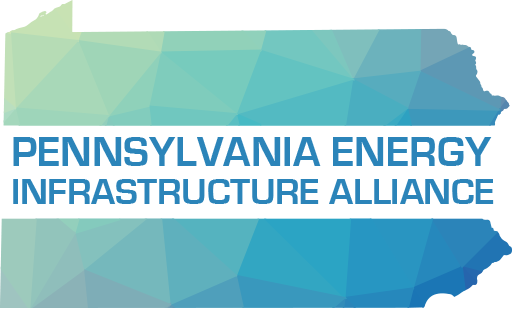Our energy infrastructure capacity is resilient and is recovering from hurricane disruptions thanks to cooperation with local and national law enforcement agencies, environmental regulators, and communities. However, these disruptions have highlighted the importance of expanding energy infrastructure to capitalize on the extensive domestic natural gas deposits in Pennsylvania and across the country to bolster reliable and resilient energy transportation and delivery.
Cynthia L. Quarterman, former administrator of the US Department of Transportation’s Pipeline and Hazardous Materials Safety Administration, recently penned a piece for the The Atlantic Council stressing that “as our collective heart breaks from the devastation and loss that catastrophic storms bring, seen in the images of people and their possessions floating on air mattresses through neighborhoods, the US government must formulate a game plan for the future of its infrastructure. Energy infrastructure, including our oil and gas pipelines – the veritable vascular system of our country – must be a crucial component of that plan.”
With recent developments and production at the Marcellus and Utica shale plays, it is clear that U.S. natural gas supply is recoverable enough to support market growth across power generation, manufacturing, transportation and exports. Expanding the infrastructure to get this energy to end-users is crucial to bolster regional energy connectivity indicators.
Pennsylvania ranks in the top ten of total state exports and projects like the Mariner East 2 Pipeline will play an important role in augmenting long-term, low-cost, and stable supplies of natural gas to consumers across the region.
